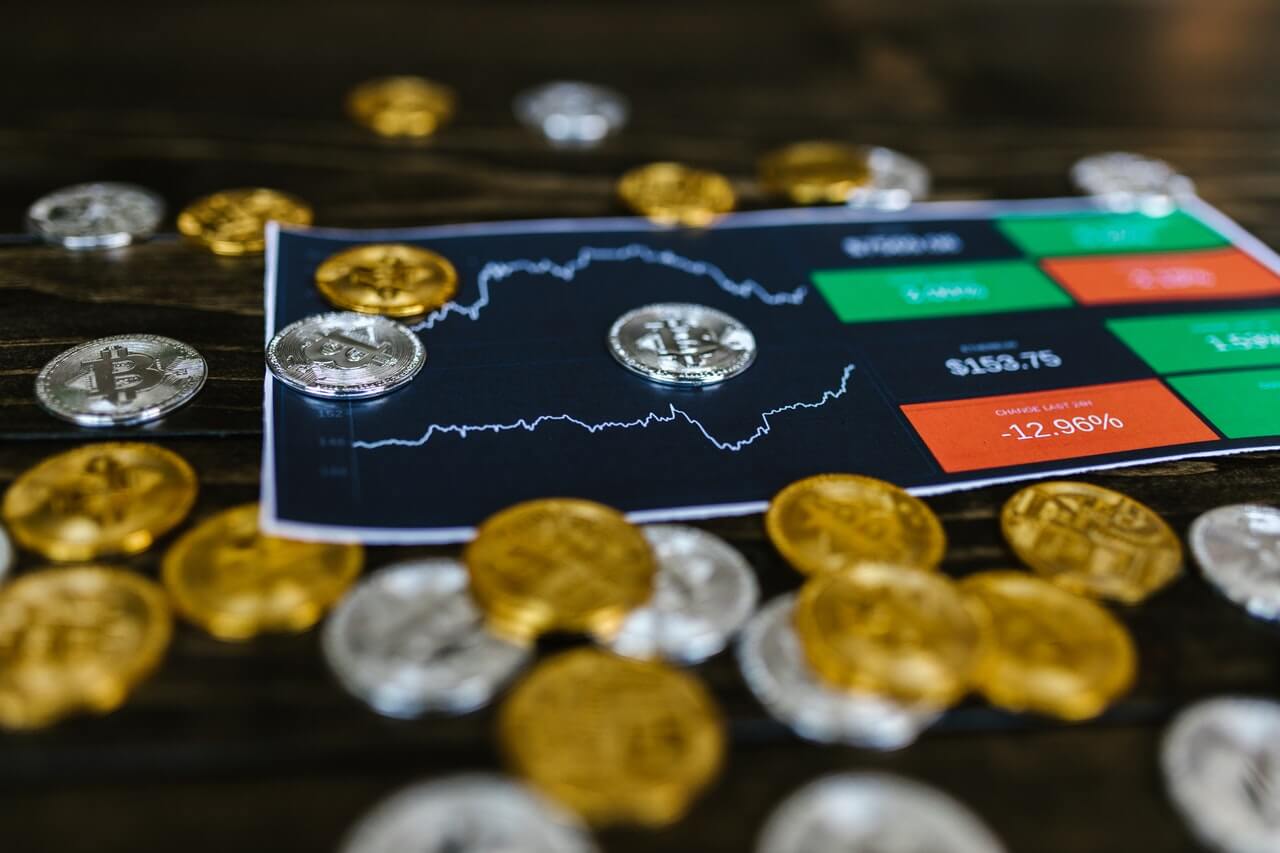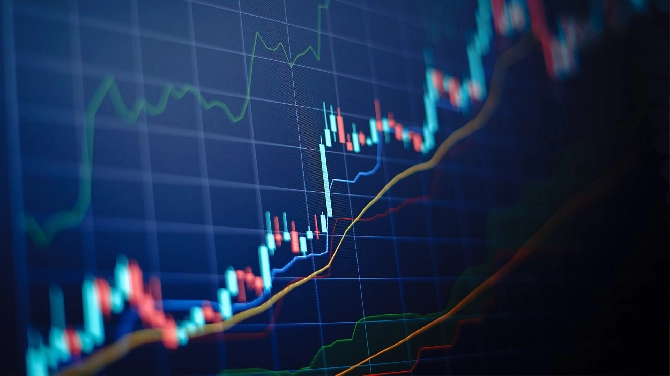While the Forex market is open 24/7, every day of the year, there are some times that are known as better trading times than others.
Best Forex Trading Hours
Thanks to the internet, we have access to any online event or service at any time of the day or night. While those services may not all be operating at all hours, we have access to the ones that do and any information we may need about the ones that don’t. If you get off a late shift and have some time on your hands, you can check out online trading platforms such as OANDA at any time. You could even do a little forex trading if the mood strikes you. While the market is open all day and all night, there are some times that are better for trading than others. We’ve whittled down the list to give you a little more understanding of what times will serve you best when trading on the Forex market.
Trading Times
What is the best time to trade in a world that never sleeps, and why? Well, naturally, it\’s best to be active when there are many other people who are active as well. When the market is at active or high levels, trading “spreads” are narrower than at other times. A trading spread is the difference between bidding and asking prices, and this difference can save or lose you money. When the spread is narrower, fewer funds go to the market makers, and more goes into your pocket.
The four major forex exchanges can be found in Tokyo, Sydney, London, and New York. Imagine each exchange as a circle. Wherever these circles intersect on their various timelines makes for a good time to trade, as more than one market being open at once (more activity) narrows spreads. Since these exchanges all operate in different timezones, technically, you’ll be able to trade any time of the day or night on one of them wherever you are. Wherever these times intersect ( in your timezone) is an excellent bet to trade. The four biggest windows (according to EST) are as follows:
London: trade from 3 am to 12 pm
New York: trade from 8 am to 5 pm
Sydney: trade from 5 pm to 12 am
Tokyo: trade from 7 pm to 4 am
All of these exchanges function independently, but they all trade the same currencies, so trading on any one of them is feasible. When more than one market is open at a time, the activity on one significantly impacts asks and bids on the other/s. While activity is generally good for trading, trades can also become more volatile: high risk, high reward. The most volatile trading windows, according to EST (Eastern Standard Time), are:
8 am to 12 pm when London and New York are both open.
3 am to 4 am when London and Tokyo are both open.
7 pm to 2 am when Sydney and Tokyo are both open.
The most significant exchange for people outside of the States to keep an eye on is the New York exchange. Because its trades involve so many US dollars (which are currently engaged in more or less 90% of all transactions), any activity on the dollar will have a ripple effect across the world. Our advice is to trade during the time of overlap between the London and New York exchanges, which is between 8 am and 12 pm EST.
This advice holds true when there are no major events in the world that may impact any given currency in a positive or negative way. Any unexpected or unwelcome political or military movements can have far-reaching effects that financial advisers might struggle to predict.
A Word of Caution
Trading, especially as someone new to the industry, can be a risk, like any other financial commitment. Our advice is to invest in the most stable market that you can, at least to start with. Playing in the shallows while you’re learning to swim is far more sensible than diving in and hoping for the best. Take your time, ask questions, and learn to understand and interpret the financial data you will be working with. There\’s no rush to join the big leagues! While trading high risk and high reward currencies might be a little more exciting than trading in the more stable ones. It\’s better to learn slowly than come up short before knowing what you’re doing on the Forex market.
Final Word
Now that you have a bit more information to lean on regarding the best trading times, you can make more informed decisions about where and when you want to commit your hard-earned cash! 






